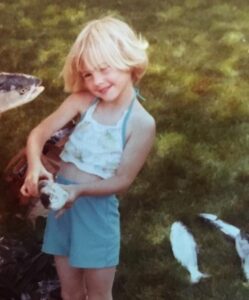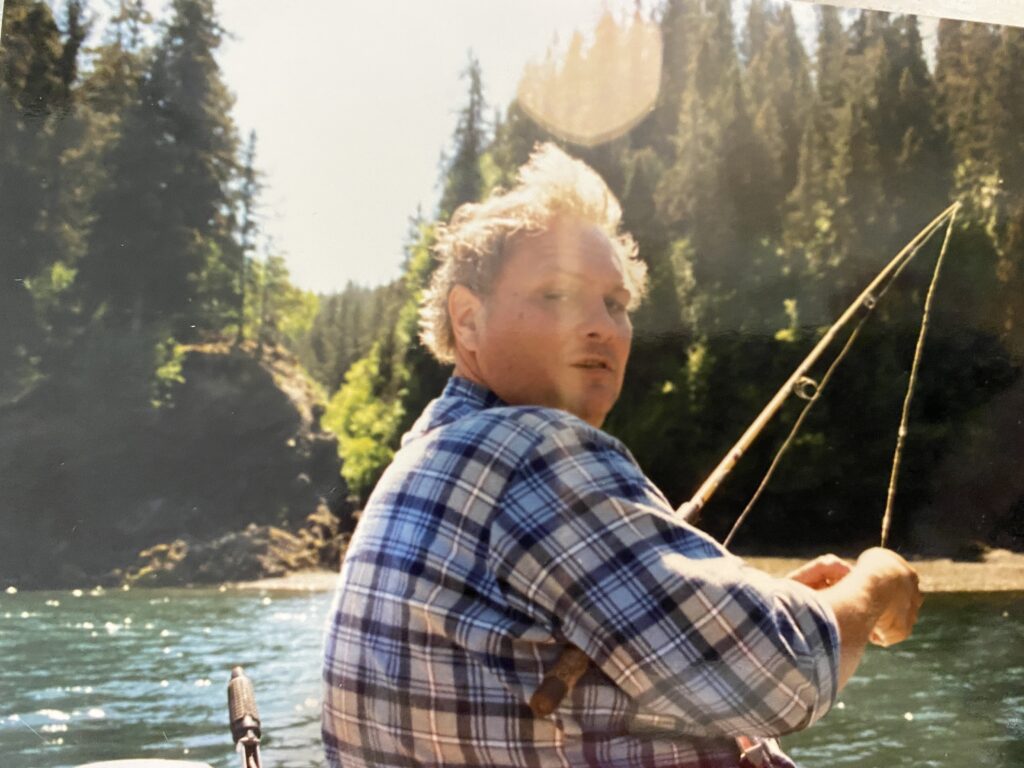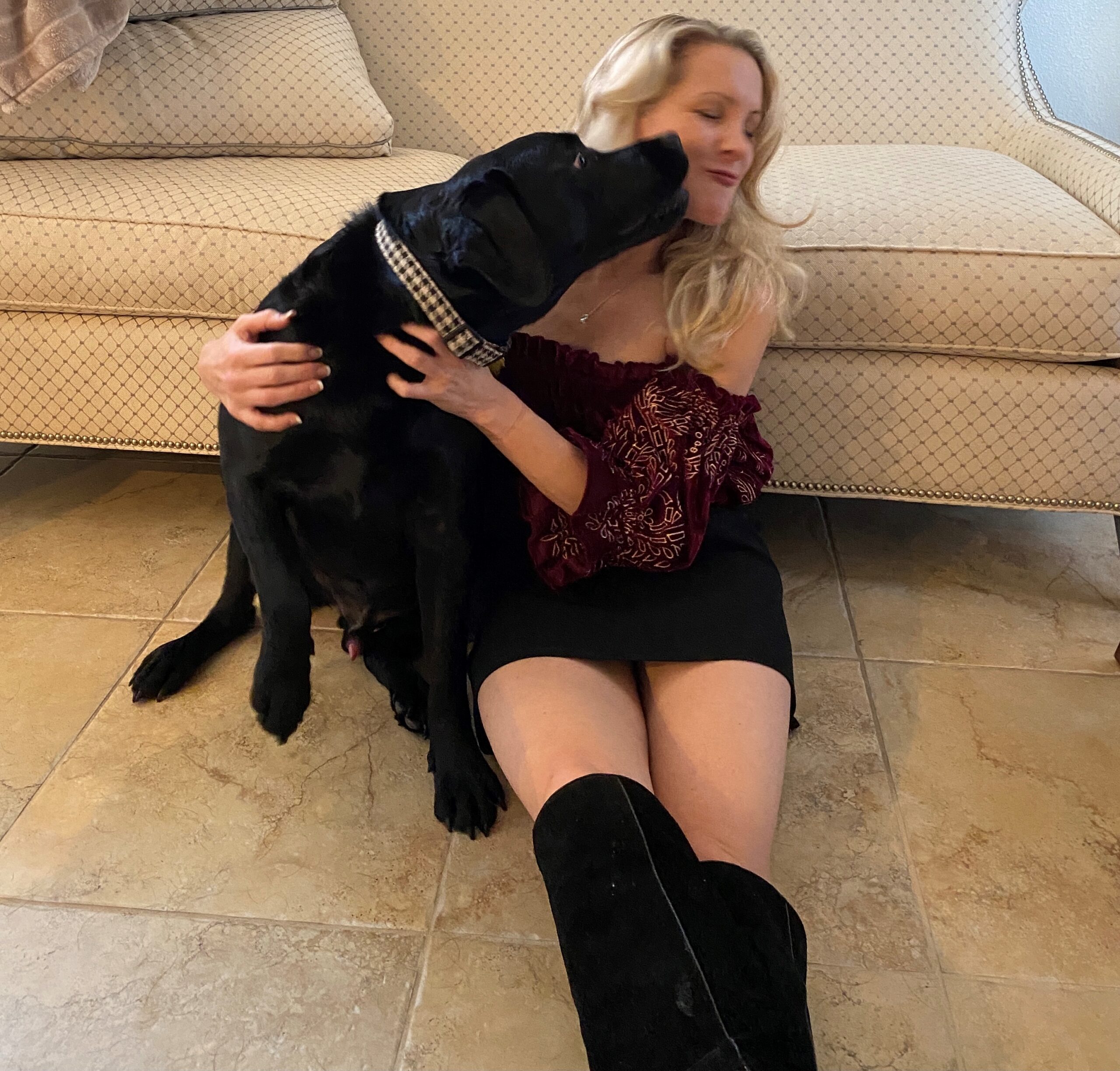
DRAFT
The Kind Reframe
Filtered with a little self-compassion, the worst experiences—and experiences that brought out our worst—tell a fundamentally different story… a hero’s tale.
We unconsciously carry invisible burdens that weigh us down or hold us back. To gain movement and momentum along my transformative journey, I needed to address the drag these burdens create.

As ever, I researched and studied every method for doing this, and landed on my own practical invention by combining my self-compassion rituals with storytelling. This is the “Kind Reframe.” It unleashes answers to the questions we have about whether we are capable or worthy of the future life we seek.
Self-compassion is a critical tool that enables us to address ourselves just as we would a friend, a stranger, or a child–with compassion, understanding, appreciation and lots of wiggle-room for imperfection. When we are rigid with our expectations of self, we quash the creativity needed to solve problems and we mute the messages our bodies and souls are sending. We better serve our own needs and goals when we operate within a self-compassionate framework. You can read about my favorite self-compassion rituals here.
The Kind Reframe
How, then, can self-compassion help us heal a difficult past that plagues us? Beyond grand, obvious trauma, we often carry little stories in our heads that lead to negative assumptions or shaming self-talk that slows us down. We unconsciously beat ourselves up over inconsequential minutiae from the past. By 6:00 in the morning as we dutifully walk the dog we might already be on defense against the attack of thoughts like “I was so busy yesterday I never called Garrett back; I’m such a horrible person! I bet he’s mad at me and I deserve it. I’m so bad at calling people back promptly.” Whoa… we would never unleash that level of shaming on a friend or stranger.
We can take control and reframe this more kindly in a few simple steps. We must clearly note that this message went through our heads, label it, and then retell it with the compassionate voice our wiser self would use on others. We can finally write the final chapter on these stories and put them to rest by hearing the wise, compassionate truth. “While I do intend to call Garrett back, yesterday’s schedule was already full and I, as a good, responsible person also deserving of control of the time in my day, used what spare time I had to handle my own highest priorities; Garrett will understand and if he does not, I will need to discuss new assumptions with him, or further evaluate my commitments to that relationship.” <LINK: 5people>
In truth, Garrett probably had no issue. Rather, the issue is usually the lack of compassion we apply to the way we evaluate ourselves and our own performance. We can apply the “Kind Reframe” to almost any self-shaming story in our heads. By doing this we gain more movement, momentum and willingness to experiment <LINK: Experimentos>; we clear the anxiety-driven sludge and glide forth on a far more forgiving path.
The stories that quietly circle in our minds use irrational forms of blame for realities we could not control, or for a lack of life skills we simply had not yet acquired.
- “I was failing in my job for the last ten years and there’s no way to fix that. I literally wasted a decade.”
- “I failed at marriage and probably did it to myself by choosing a bad spouse to begin with.”
- “I waited too long to get serious about fitness, so as a new 50-year-old triathlete, I’m always going to be behind everyone else.”
Negative events have the strange power to stick in our minds like permanently-impaled daggers. We often attach emotions to events based on how they felt at the time. But with the gift of time and distance from those events, we have the power to reframe the stories in a more adult and practical way.
To help you get started with some Kind Reframe practice, I’ll provide an example from my life.
Step 1. Noting
The biggest challenge is simply noticing that self-shaming or harsh messages are passing through your mind. These truly hold us back by draining energy and triggering fear of taking risks. We need to clear our minds of these unkind messages if we are going to take a few new risks in our lives. How we take note of thoughts depends on what works for you individually.
One tool for identifying unconscious messages in your mind is to leverage practices of mindfulness and meditation. If you are familiar with these practices, you’ll know your own way of calming the mind enough to hear hidden thoughts. While traditional meditation’s goal is to achieve a clear mind, in his case, you can keep a notepad and pen by your side and capture any intrusive thoughts by writing them down. This helps you clear your mind and enables you to review and evaluate these intrusive thoughts later on.
If meditation is not your cup of tea, you can still leverage other practices to help you quiet the mind to better distill your thoughts. One action-oriented tool is counted breathing. There are many ways to do this, as detailed here. I focus on my breath and count the seconds in certain patterns. For example, I may breath in for a count of eight, hold for a count of eight, and exhale for a count of eight. I do these breathing exercises both when sitting still, doing laundry and even while walking my dog. Simply giving my brain a physical job, I gain a sort of reprieve from all the to-do list thoughts and high-speed mental chatter. Counting and breathing creates a sort of gap and I’m then better able to notice any negative sub-texts buzzing about. I notice, for example, if I am already telling myself I’m behind when the sun has not yet even risen. Just noting this gives me a chance to wrangle that thought with a wiser, more compassionate, practical truth.
Another very practical means of noting negative thoughts is to tell a few friends you are working on this. Our friends often notice self-shaming language before we do. In several instances other people have helps me become aware of tough, uncompassionate language I was using on myself. As an example, last week at my yoga studio I walked in and said “Hello, I’m so sorry, I’m one of those horrible people you had to remind to come pick up a forgotten water bottle.” The employee at the yoga studio said to me “No one here would ever think you are a horrible person, but here is your water bottle.” I was caught dead in my tracks after realizing the words that had come out of my mouth. What belief in my head caused me to call myself a horrible person? Would I ever tell a friend, a child, or a stranger they were a horrible person? No, and certainly not over a forgotten water bottle. It is so valuable to take note of how harsh we can be to ourselves. The more we note these sneaky little messages, the more we can begin the next step in the Kind Reframe…
Step 2. Labeling
The next step is to label this negative message. In the example above, I might label this “punishment for being imperfect.”
Another label might be “self-blame for unchangeable events,” like a car accident or divorce. And yet another example might be “holding ourselves responsible for events that were not our responsibility.” For years I unfairly held myself accountable for a negative event that was not at all my doing, and rather, I was essentially a victim.
It happened when I was about five years old. My family went on a canoeing trip with several other families. It was spring in the Chicago suburbs and the Des Plaines River waters were frigid. I was in a canoe with my father and at that age, my total body weight was a mere feather in comparison to that of my father. At one point we hit rapid waters that drew us to the river’s edge where we got ensnared by tree branches. My father was able to break us free from the branches but moments later our canoe capsized. He was able to save me and get us back into the canoe, but the canoeing excursion had to be cut short because I was shivering and cold.
Back at home, hot cocoa in hand, I felt bad; I believed it was my fault that the canoe had capsized. I held that story in my head for years until I was a teen and worked up the courage to tell my father how bad I’d always felt about causing that canoe to capsize and ruining the excursion for all the families. My father looked at me incredulously: “Mary Sue, seriously? Your tiny body could not have tipped that canoe if you tried! It was ME! I tipped the canoe! If you had hung your entire body off the side of that boat your weight could never have even rocked that boat in comparison to the impact my weight had on the canoe.”
 Hearing my dad’s words, I looked back on the events with the fresh filter of more mature eyes. FOREHEAD SLAP! Of course this was true!
Hearing my dad’s words, I looked back on the events with the fresh filter of more mature eyes. FOREHEAD SLAP! Of course this was true!
I realized that for more than a decade, this irrational story stayed frozen in my mind as it first came in, with five-year-old eyes and emotions. It took this out-loud “in real life” verbal volley with my dad to repackage this story with realism and compassion. That feeling–which I now recognize as shame–immediately dissipated and the story found a quiet, less menacing home in my mind.
This Kind Reframe practice is a critical life tool. We need to build skills for retelling every story because frozen stories slow us down. When we rather understand that our stories are changeable, moveable events, we are suddenly free of all that invisible drag. In so many cases, when we retell and reframe these stories, we can only laugh at the beliefs we once allowed to keep us stuck.
Step 3. Retelling your story with a wise, compassionate, realistic voice I don’t prescribe any specific type of therapy or religion, but in my experience any practice that enables us to unearth and repackage our stories is a tool worth keeping in the ol’ toolbox of life. There is no need to wait on someone else to retell your story. You, and your more mature wise mind has the power to transform any harsh voice in your head. I now encourage you to get started on strengthening your Kind Reframe muscle.
Your Kind Reframe Story Guide
Practice on the easy stuff and work up to the bigger ones. Click here.
To help me continue to produce these guides, please sign-up for the mailing list, share this with others, and donate to buy me an hour or a day to build the next bit.


